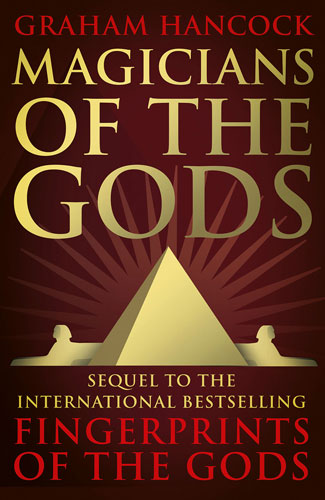News Desk

The vast subterranean ocean of Europa, one of Jupiter’s many moons, contains carbon, one of the crucial ingredients for life, scientists have discovered.

A study led by researchers at MIT, the University of Florida, and in Brazil aims to settle the debate over dark earth’s origins. The team has pieced together results from soil analyses, ethnographic observations, and interviews with modern Indigenous communities, to show that dark earth was intentionally produced by ancient Amazonians as a way to improve the soil and sustain large and complex societies.
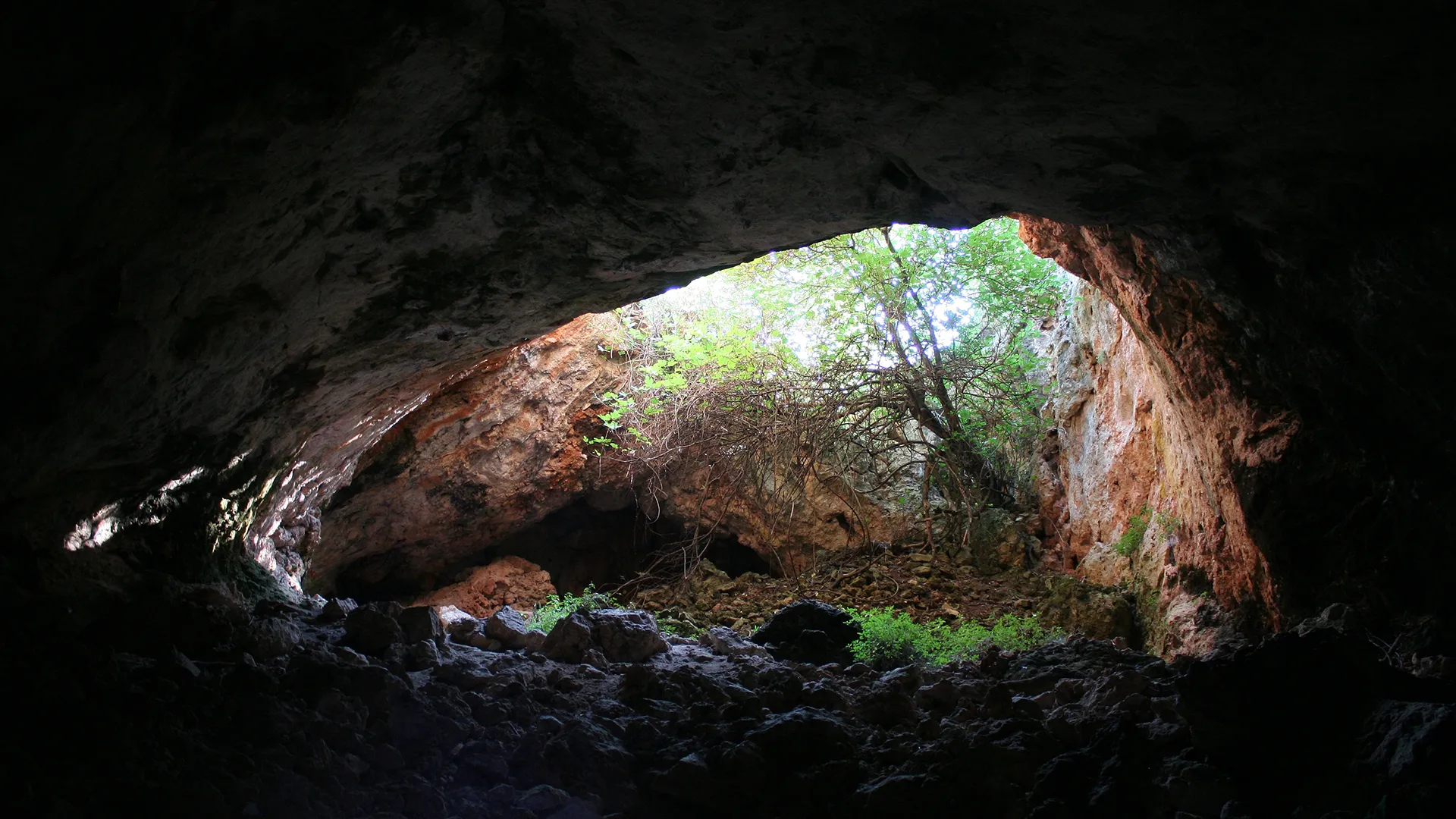
A new study suggests that Spain’s ancient peoples shared complex beliefs about death and the afterlife. The research has been published in PLOS One
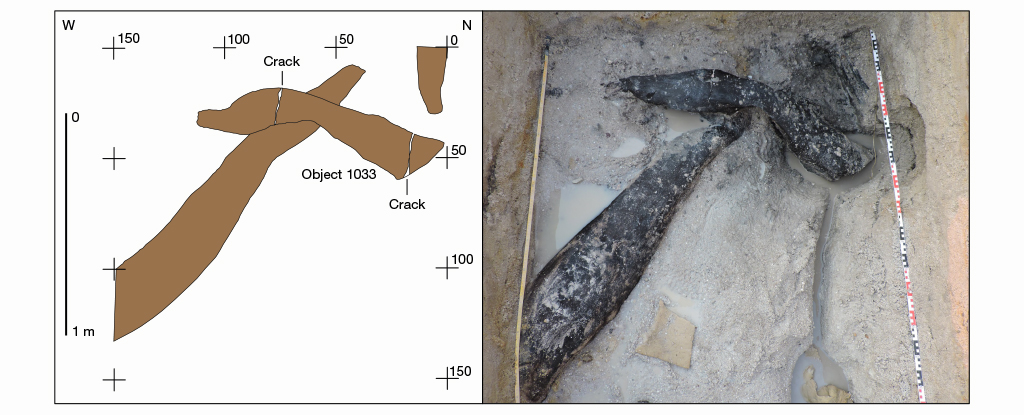
A pair of interlocking logs that haven’t seen sunlight in half a million years could challenge some fundamental assumptions about the technology and culture of our Stone Age ancestors. See the study here.
More than 1.3 billion years ago, two continents collided at modern-day Argyle in Western Australia, causing pressures so intense that it forced carbon deep underground to form diamonds with glittering pink, red and brown hues. Or, at least, that’s the theory proposed by a study in Nature Communications.
A study in the journal Cell sheds new light on the evolution of neurons, focusing on the placozoans, a millimetre-sized marine animal. Researchers at the Centre for Genomic Regulation in Barcelona find evidence that specialized secretory cells found in these unique and ancient creatures may have given rise to neurons in more complex animals.
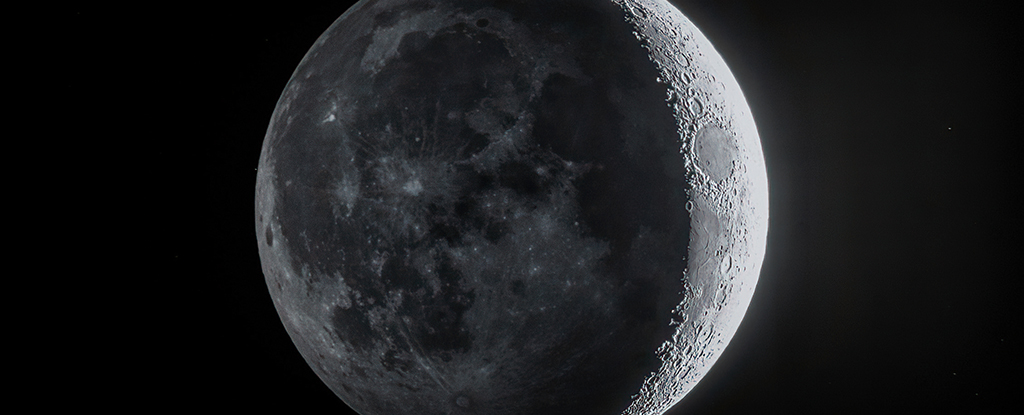
We know there’s ice on the Moon – what’s less clear is where it came from. A new study suggests that waves of electrons, arriving indirectly from Earth and the Sun, are contributing to the formation of frozen water on the lunar surface. The research has been published in Nature Astronomy.

“From coca to kava, we should be able to access all plant allies—and understand their beneficial properties.”

A recent meta-analysis suggests that subanesthetic doses of ketamine can offer rapid and sustained anxiety relief, becoming noticeable within a few hours and lasting up to two weeks. The study has been published in the Journal of Psychopharmacology.

The relationship between size and number also shows up in everything from ecosystems to language…After collecting data on all of the major types of cells in the body, researchers have revealed a familiar mathematical pattern in these cells’ relationship. There is an inverse relationship between cell size and number, meaning smaller cells are more numerous than larger cells.
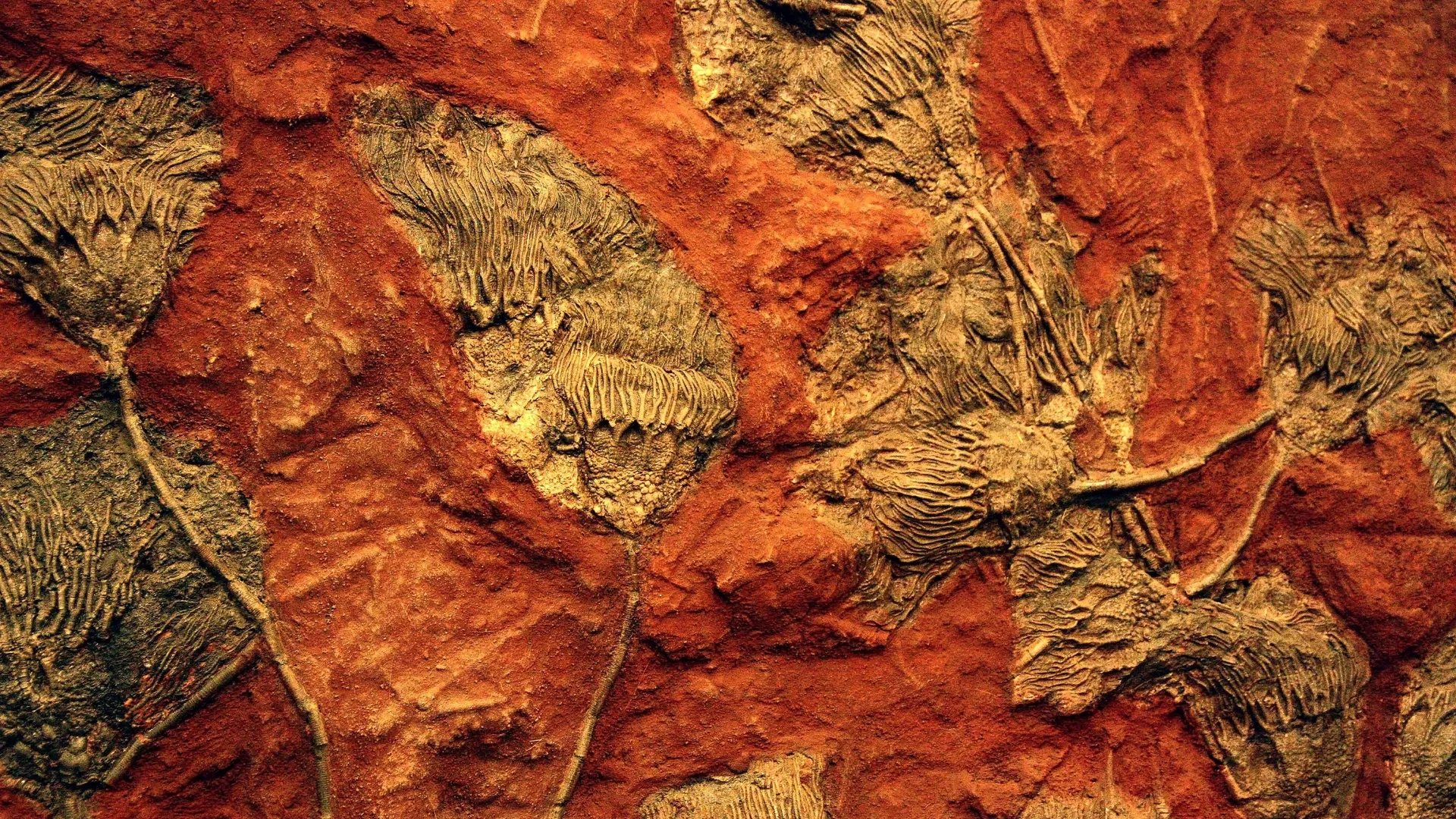
The giant asteroid that snuffed out the dinosaurs at the end of the Cretaceous period (145 million to 66 million years ago) left flowers relatively unharmed, and the blooms thrived in the aftermath, a new study has found.
The European starling boasts a remarkable repertoire. Versatile songbirds that learn warbles, whistles, calls, and songs throughout their lives, starlings rank among the most advanced avian vocal learners. Now a new study published in Science finds that starlings, along with other complex vocal learners, are also superior problem solvers.

Could the lives of the eight billion people currently on Earth have depended on the resilience of just 1,280 human ancestors who very nearly went extinct 900,000 years ago?
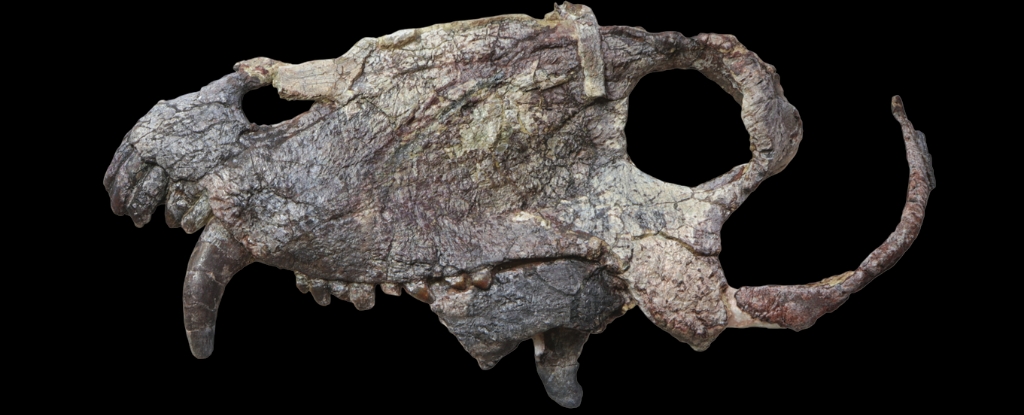
Dinosaurs have a reputation for being the most terrifying prehistoric predators, but a newly discovered skull sheds light on a fearsome beast that dominated 40 million years before the first ‘terrible lizards’ walked the Earth. See the research here.

A follow-up to a major study into the mysterious experiences of death has identified potential flickers of awareness in the minds of cardiac arrest patients as medical staff attempt to resuscitate them. This research was published in Resuscitation.

This July in Bend, Oregon, Josh Goldstein facilitated one of the first magic mushroom sessions under the state’s new regulatory framework for people to access their active ingredient – psilocybin.








